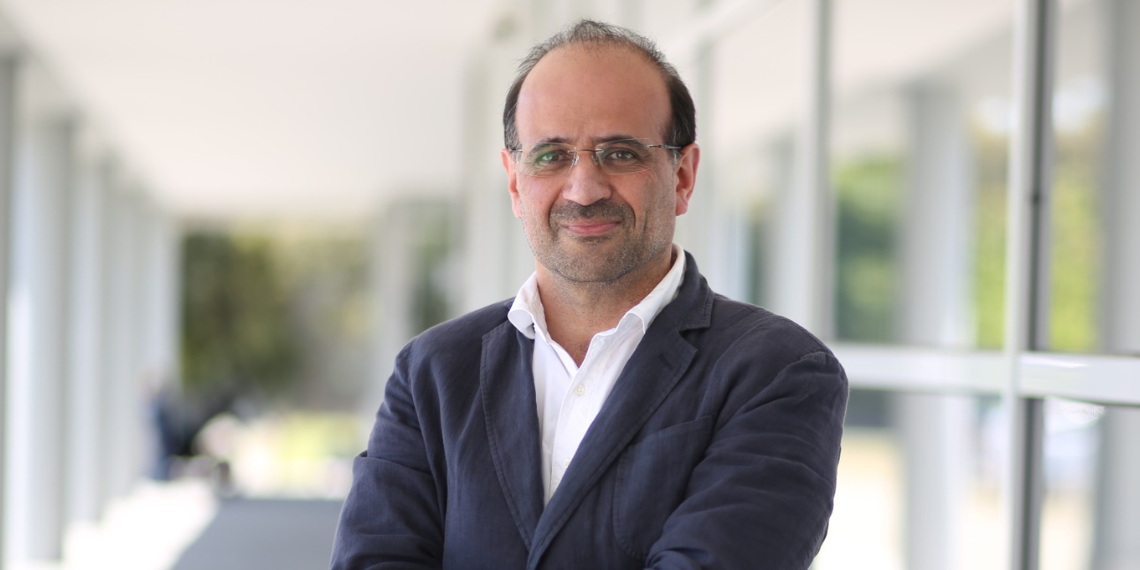The recently published Eurobarometer study on the knowledge and attitude of European citizens towards science and technology shows that more than 80% of the population considers the influence of science and technology to be positive. As an institution of science, technology and innovation, these results certainly leave us optimistic.
However, this same study shows that Europeans’ knowledge of the different topics of science and technology changes significantly, and that nearly half of the population understands that scientists do not spend enough time with the average citizens to explain their work.
As part of our duties as a research and development institution, we must also promote scientific and technological culture, and we must continue to develop actions to approach the public and some target-groups in particular.
Complying with the Law of Science, but also with our role, it is our responsibility to develop actions aimed at children and younger people, providing them with direct contact with our activities and ongoing projects.
It is something that we have done on a very regular basis, through our researchers’ own initiative and specific actions by some research teams, or in a more centralised way, addressing external requests or collaborating in broader initiatives (Ciência Viva internships or Mostra UP, for instance).
Realising that we have the ability, willingness and interest to organise initiatives that involve younger people before they join higher education institutions (HEI), it is important to understand the main benefits, i.e., the main goals we seek to achieve by organising them.
One is to nurture the curiosity of younger people, encouraging their critical thinking and passion for science, but also to encourage more girls to join STEM areas (science, technology, engineering and mathematics). In this sense, we must keep on this path of creating captivating experiences focused on target-audiences, while engaging and establishing privileged relationships with schools.
Moreover, these initiatives will also help the public to recognise INESC TEC as a reference institution in different domains. This is mainly a “side effect” of interacting with younger people, but we cannot ignore this potential.
Last – but certainly not least -, these initiatives should contribute to attracting talent to our activities. Although the cause-effect relationships are more immediate concerning the first two objectives, the engagement among younger groups is very indirect and long-term. This way, and to achieve this goal, we must make it clear to younger people how they will be able to work with us. Here, our close relationships to the HEIs and the courses taught there will play a key role – which we must explore.
These goals are very clear in our strategic plan, and we have been taking safe steps to achieve them. Our ability to mobilise and combine individual efforts, the impact we seek to have on what we do, and the efficiency with which we manage to develop our activities, will certainly be decisive for our success in this domain.
By Aníbal Matos, Member of the Board



 News, current topics, curiosities and so much more about INESC TEC and its community!
News, current topics, curiosities and so much more about INESC TEC and its community!